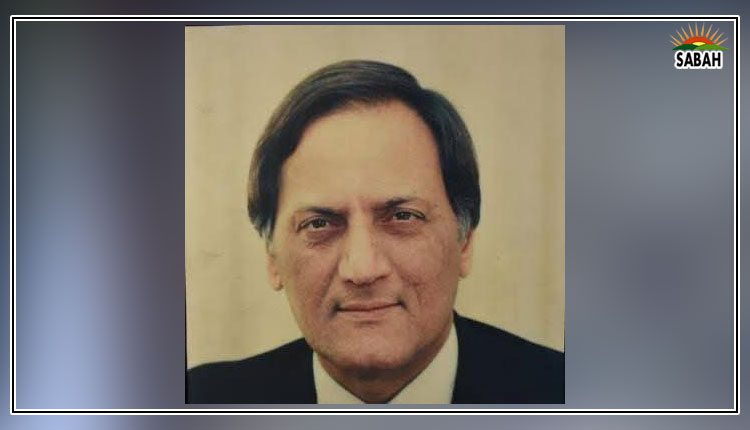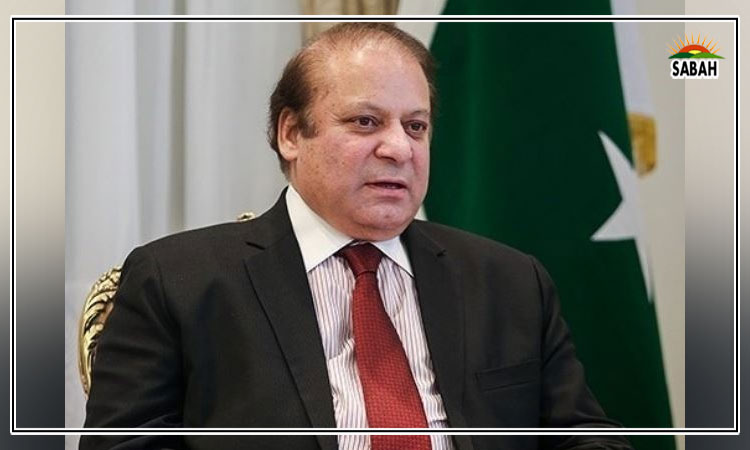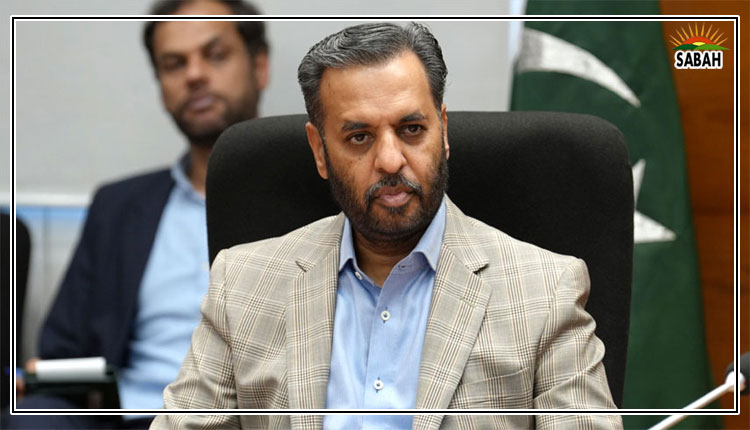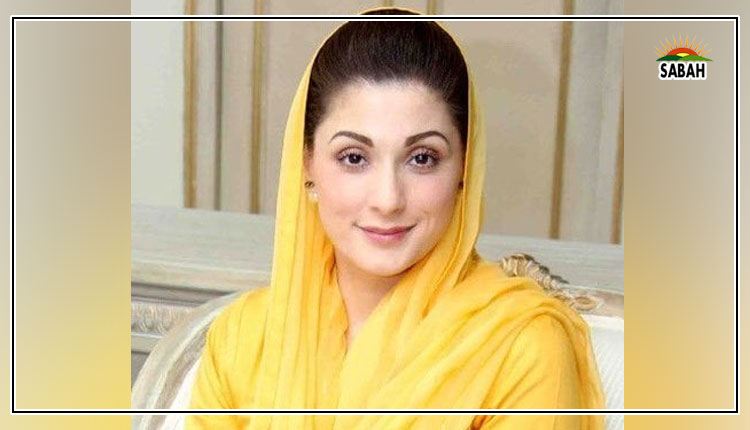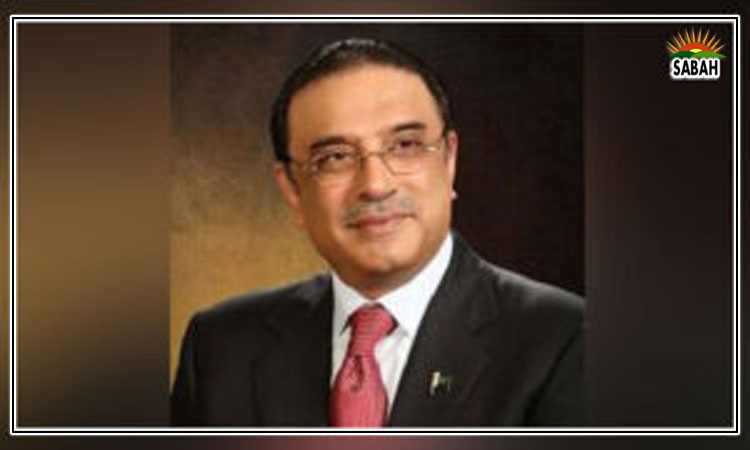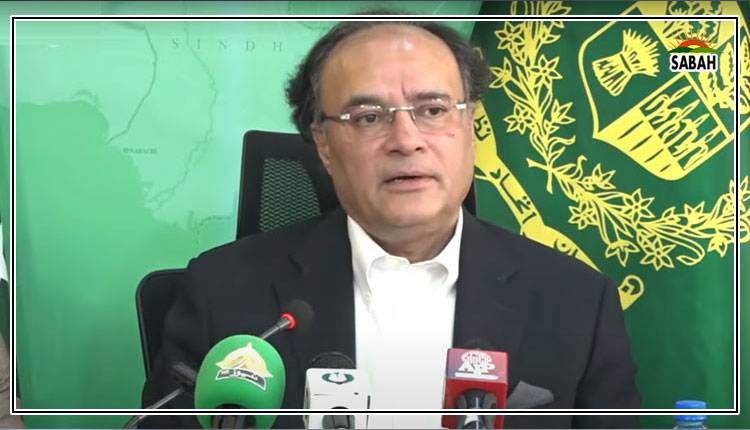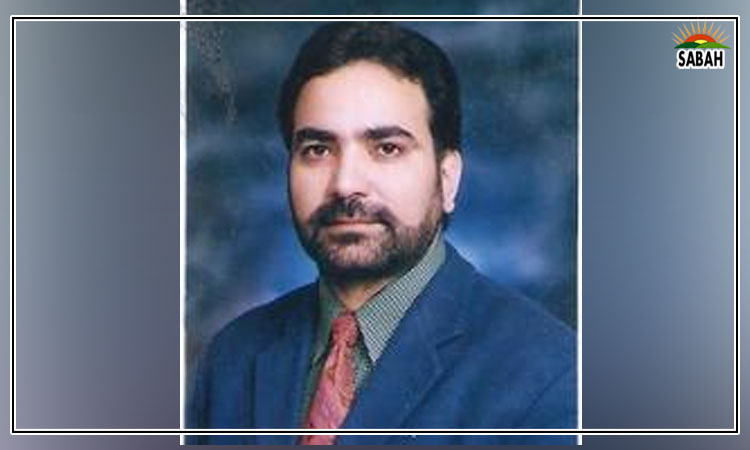Cool it, Pakistan … James Trevelyan
Is anyone wondering how any Pakistani government can lead the country out of our current economic morass, whether led by the current favoured coalition or a future alternative?
Can I suggest some unconventional thinking about climate? Not the political climate, the real one – the one that’s inexorably warming, year by year.
Andrew Kamarck was probably not the first to notice that most hot countries are poorer than colder ones. He wrote about the influence of rainfall and climate variability, heat on human physiology, agricultural pests, minerals, and disease prevalence and distribution. He questioned the priorities of nearly all development economists who seemed blind to geography. Of course, some of these challenges have been overcome with the help of biological scientists.
A quarter century later, David Landes wrote with an American exceptionalist lens and attributed much of the poverty across the Global South to corrupt and selfish rulers. While arguing that poverty is best addressed from within, he still acknowledged the influence of geography and climate early in the piece.
Just a year later, the Nobel Prize winning economist Jeffrey Sachs and his colleagues delivered emphatic support for the overwhelming influence of climate and geography. GDP per capita declines 18 times with high temperatures and greater distance from the nearest ocean. Oceans moderate extreme heat, and also provide low-cost long-distance transport essential for trade.
It’s pretty obvious that we all have to slow down in the heat. Any movement, even thinking, burns sugars in our bodies and it gets much harder to lose the waste heat above 27 Celsius in moderate to high humidity.
Less obvious but far more pernicious is sleep loss. Our measurements this summer show that most people living in towns and cities struggle to sleep in summer because the temperature in sleeping quarters remains well above 30 Celsius nearly all the time. That’s the upper human limit for sleep – with a fan (without a fan it is 27 Celsius). At higher temperatures, metabolic heat raises the core temperature and prevents sleep.
It wasn’t always like this.
Urban areas have hard and heat-retaining materials that replaced shade trees and cooler vegetation. Vehicles, machines and, of course, traditional air-conditioners add to this urban heating. At night it is typically 10 Celsius hotter than the surrounding farmland or jungle, even in villages. In isolated farm compounds, night temperatures are low enough for comfort except in the fiercest heatwaves.
You can understand why development economists shy away from climate evidence. What can they do about it? Creative policymaking can’t do much to change temperature or geography.
Perhaps. But engineers can do a lot.
Air-conditioning has transformed America, Singapore and many other countries. It has made life comfortable for Pakistan elites. Yet their power consumption accounts for more than half Pakistan’s electricity.
Now a new generation of air-conditioning is appearing, with 80–90 per centless energy consumption. Tiny, portable refrigeration air-conditioners keep people cool with only 800-150 watts per person. Coupled with solar panels and modest batteries, air-conditioned comfort could be a reality for everyone in Pakistan.
Governments can’t bring this technology to Pakistan. However, private companies can, and government could accelerate that shift with modest policy adjustments. This change could solve much of Pakistan’s energy problem and clear the way for large productivity improvements because everyone can sleep comfortably at night.
The writer is the inventor of the Coolzy portable air-conditioner.
Courtesy The News



